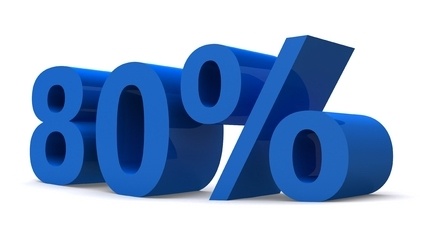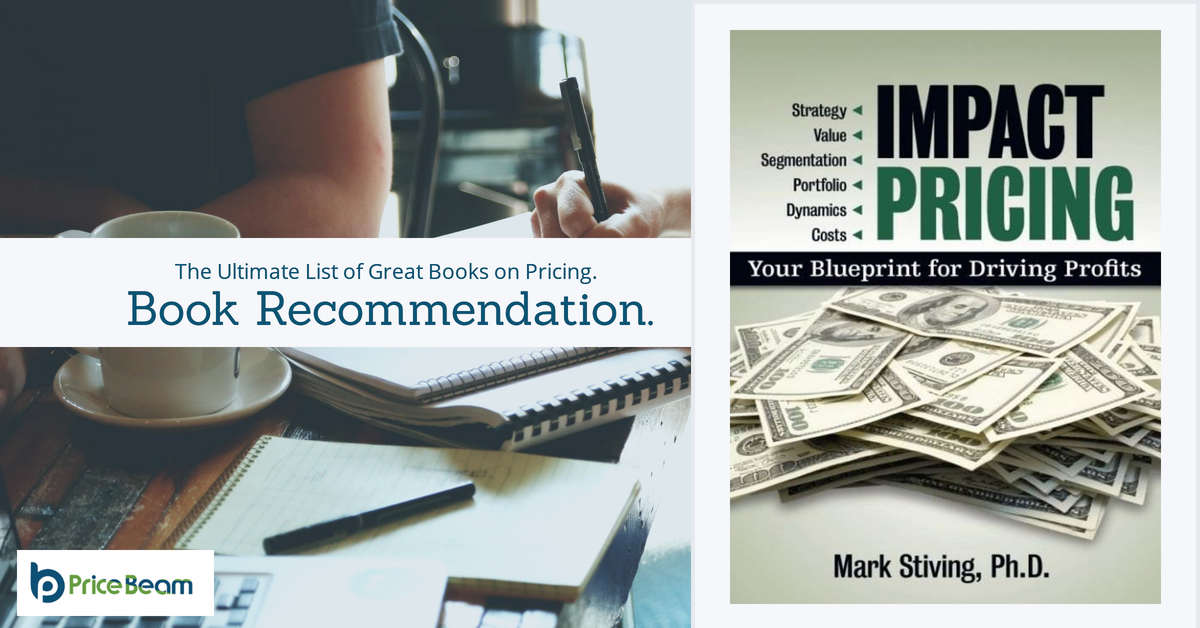Cost-Plus Pricing: Why You Should Never Use Markup Pricing
 PriceBeam
·
2 minute read
PriceBeam
·
2 minute read
Cost-plus pricing is a pricing strategy where you set your price by adding a fixed markup (typically a percentage) to the unit cost of your product or service. It’s a simple method and the first they teach you in the Marketing 101 class - but in reality, you should NEVER use it.
It’s easy, it’s simple - but it’s also completely inefficient
I’m not saying cost-plus pricing is useless. For teaching purposes, it’s great - it embodies the entire basic concept of a business, and as such it’s a great method for introducing students to the cost, profit margin, and price components of a business. If you are scalping a pair of concert tickets, adding a markup to the price your paid would be reasonable, too - you get rid of your tickets and earn a profit, so you’re probably happy regardless of whether you could have earned 20% more.
But that’s about it! For a business, the cost-plus pricing method is completely useless, and the root cause of its inefficiency is in the very name of the method; it’s a cost-based method, and when you set your price, the cost you incur is irrelevant.
Customer value-perception is all that matters
In the end of the day, your customer is the one paying the price for your product. And when a customer decides how much she is willing to pay, all she cares about it the value she derived from said product or service. Customers don’t know - and don’t care about - your unit costs, and thus it won’t influence their willingness-to-pay. Recall that to maximize profit, you want to set a price that’s equal to the willingness-to-pay of your customer base; and as cost doesn't influence willingness-to-pay, a cost-based pricing method obviously won’t guide you anywhere near an optimum.

A cost-plus price will not necessarily cover your costs
As explained above, prices determined by a cost-based method are rarely close to the optimum. In fact, it is typically very far off, and this can mean losses for your business.
For example, I have encountered business people that use a very low profit margin and set their price close to their costs to “play it safe” and not make any customers unhappy. However, if you price too low your product may be considered to be of low quality, and thus no one will buy it.
On the contrary, some businesses set high prices to ensure a high profit-margin. But if your price is so high that you don’t sell enough units to cover your fixed costs, your high per-unit profit ends up throwing away your total profit.
Using a fixed markup isn’t free
One of the primary reasons I hear for using cost-plus pricing is that it’s free and doesn’t require any data collection as opposed to value-based pricing methods. Understandable - on the surface, it certainly appears that way. But that’s rarely the case if you look at the losses and foregone profits of businesses that use cost-plus pricing. Cost-plus pricing comes at a cost that is typically much bigger than what you pay for using value-based pricing methods.
Want to learn more? Chat with one of our experts book a free demo.
.png?width=400&height=100&name=PBLogoTransparent%20(1).png)




